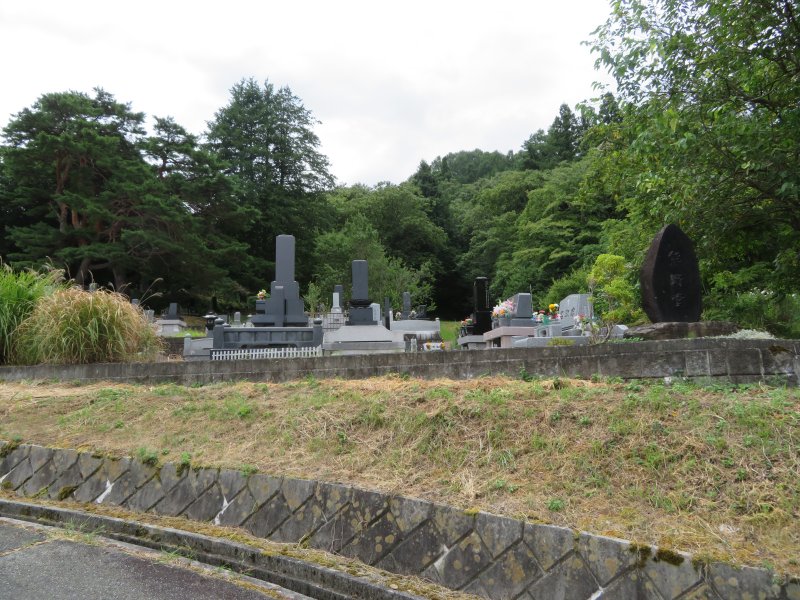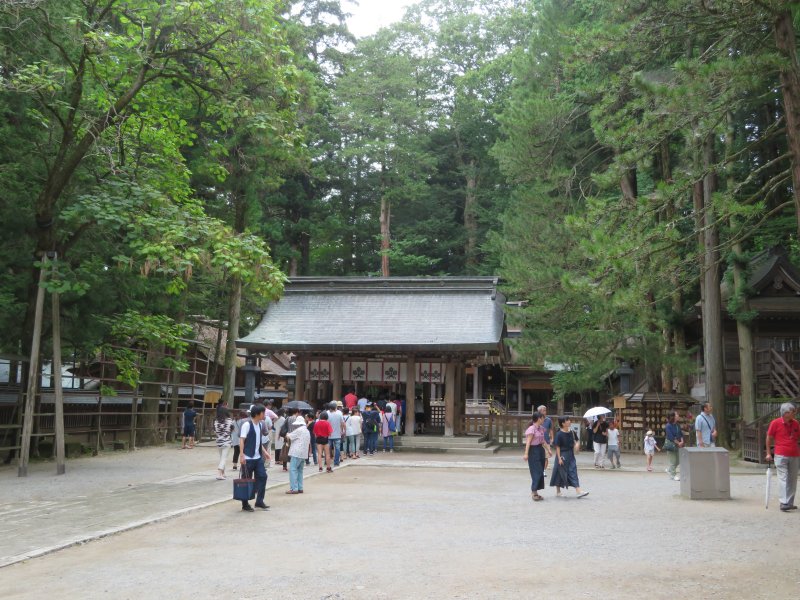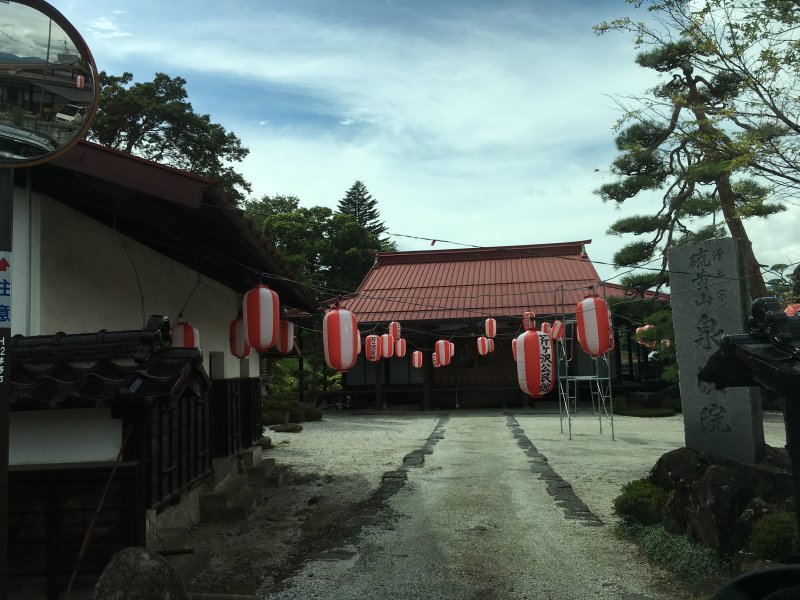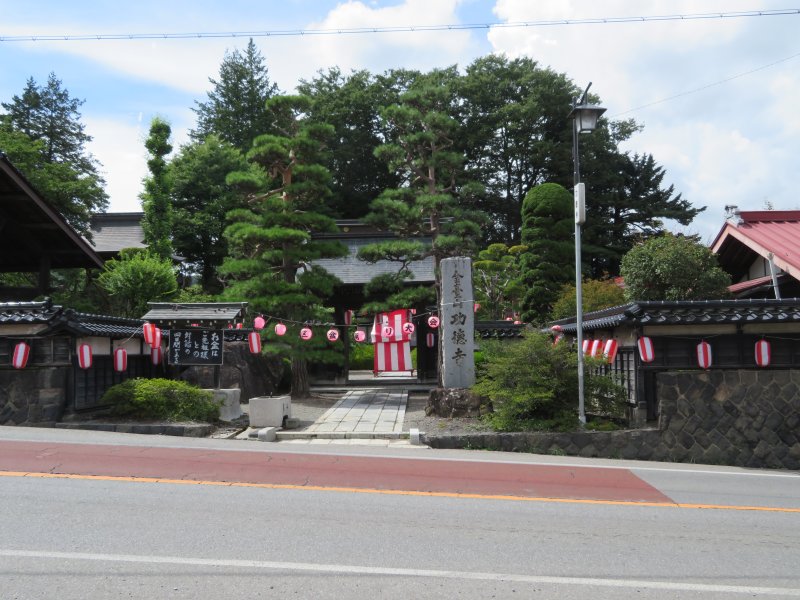
Rediscovering Japan

Rediscovering Japan
Seasonal Events (August)

by tomizuta
Obon
 Obon is the time of the year to greet the ancestors that return to their homes and families. Although there are areas that hold it at a different time, August 13th to 16th is the most common. During this period, people visit their family graveyards and give offerings to their ancestors. Many leave the cities to travel to the countryside to stay with their old folk. Every year the Shinkansen is fully booked and lengthy queues develop on motorways at the start and end of the obon week. The cities are quieter as many manufacturing companies are closed during the week and a lot of people are on vacation.
Obon is the time of the year to greet the ancestors that return to their homes and families. Although there are areas that hold it at a different time, August 13th to 16th is the most common. During this period, people visit their family graveyards and give offerings to their ancestors. Many leave the cities to travel to the countryside to stay with their old folk. Every year the Shinkansen is fully booked and lengthy queues develop on motorways at the start and end of the obon week. The cities are quieter as many manufacturing companies are closed during the week and a lot of people are on vacation.
(Left: Other than in Buddhist temple sites, family graves in the countryside
are located in the elevated back woods perhaps allowing the ancestors to
command a better view of the villages. It was the starting day of obon
and some graves had already been visited and cleaned. In Miyagawa, Chino
City))
 There are many versions as to how the custom originated. The majority suggest
that the word gbonh originates from gurabon-eh, a Buddhist custom and belief
originated in India and imported through China to provide food and offerings
to monks which good conduct would help ancestors suffering in hell to enter
paradise. Buddhism was introduced to Japan in the 6th century, and the
custom of gurabon-ehmerged with the more ancient practice of paying respect
to the ancestors in summertime to evolve into gbonh. I understand the custom
was only among the nobles until the Edo era when it spread to the commoners
and many obon events such as bon-odori (bon dancing) and other festivals
developed.
There are many versions as to how the custom originated. The majority suggest
that the word gbonh originates from gurabon-eh, a Buddhist custom and belief
originated in India and imported through China to provide food and offerings
to monks which good conduct would help ancestors suffering in hell to enter
paradise. Buddhism was introduced to Japan in the 6th century, and the
custom of gurabon-ehmerged with the more ancient practice of paying respect
to the ancestors in summertime to evolve into gbonh. I understand the custom
was only among the nobles until the Edo era when it spread to the commoners
and many obon events such as bon-odori (bon dancing) and other festivals
developed.
( Left: It is thought that the present practice of obon evolved by blending
traditional Shintoic belief of worship of ancestors and late Buddhist belief.
So it wasn't surprising to find many visiting Shinto shrines during obon.
At Kamisha of Suwa-taisha.)
 As the basic belief is that the spirits of the ancestors return to their
homes during obon, the custom is to visit and clean the family grave, in
front of the house display lanterns to help the spirits find their homes,
cucumber and chopsticks in the form of a horse so that the spirits may
speedily come home and eggplant and chopsticks depicting an ox to allow
the spirits to leave slowly and load goods to take back.
As the basic belief is that the spirits of the ancestors return to their
homes during obon, the custom is to visit and clean the family grave, in
front of the house display lanterns to help the spirits find their homes,
cucumber and chopsticks in the form of a horse so that the spirits may
speedily come home and eggplant and chopsticks depicting an ox to allow
the spirits to leave slowly and load goods to take back.
(Left: The bon dancing site in Serigasawa, Chino City had been set up in
the grounds of the Senjuuin Buddhist temple of the Jodo sect.)
 It is also customary for the communities to hold bon dancing events on
Buddhist temple or school grounds during obon. The dance is said to be
an offering to the returned spirits but in some places masked dancers depicting
the returned spirits also participate. The famous Awa-odori of Tokushima
City is a bon dancing held for four days during the obon week.
It is also customary for the communities to hold bon dancing events on
Buddhist temple or school grounds during obon. The dance is said to be
an offering to the returned spirits but in some places masked dancers depicting
the returned spirits also participate. The famous Awa-odori of Tokushima
City is a bon dancing held for four days during the obon week.
(Left: The bon dancing in Yukawa, Chino City was being held on the grounds
of Kudokuji Buddhist temple of the Joudo sect. The sign on the left of
the entrance gate tells that the obon is a four day period to meet our
ancestors)